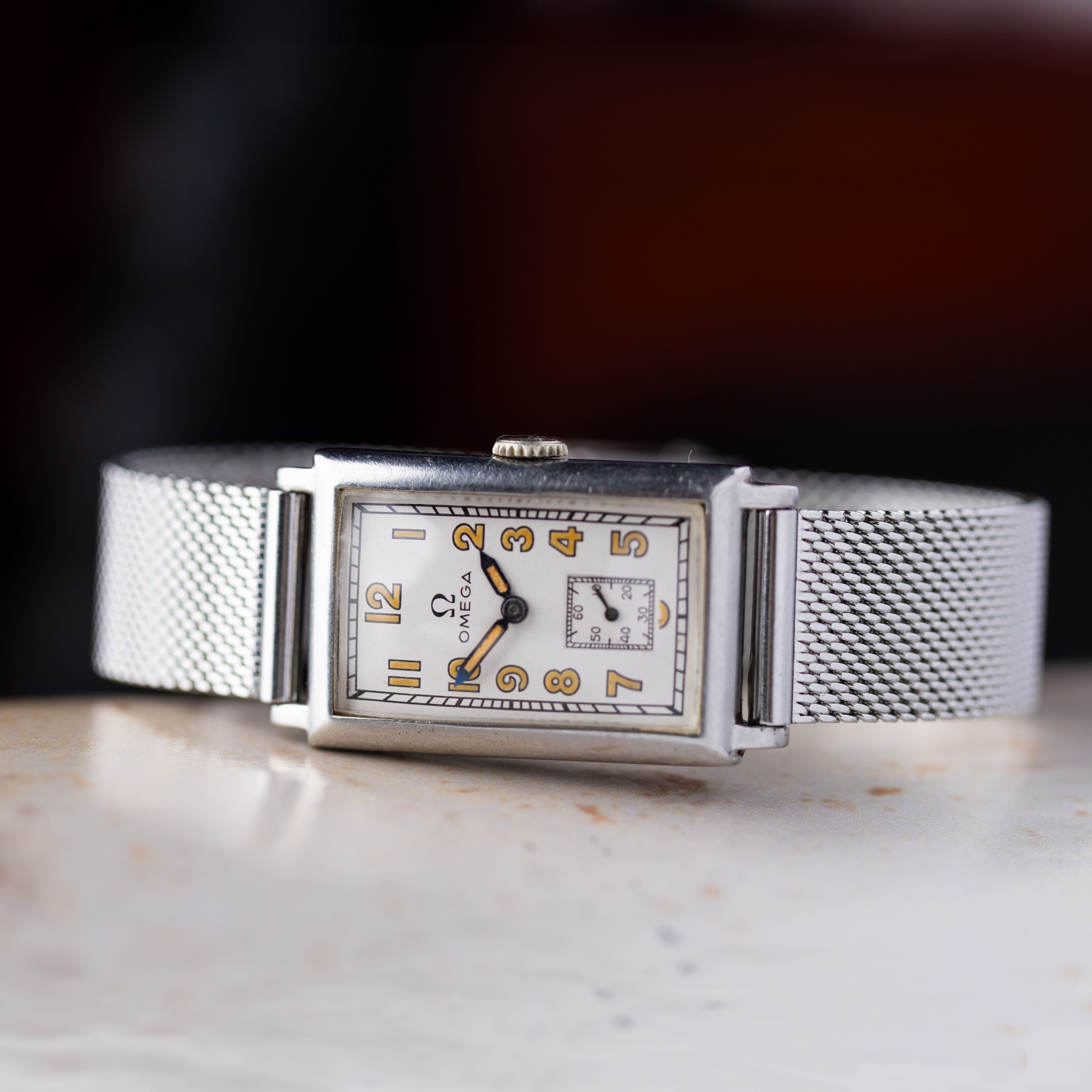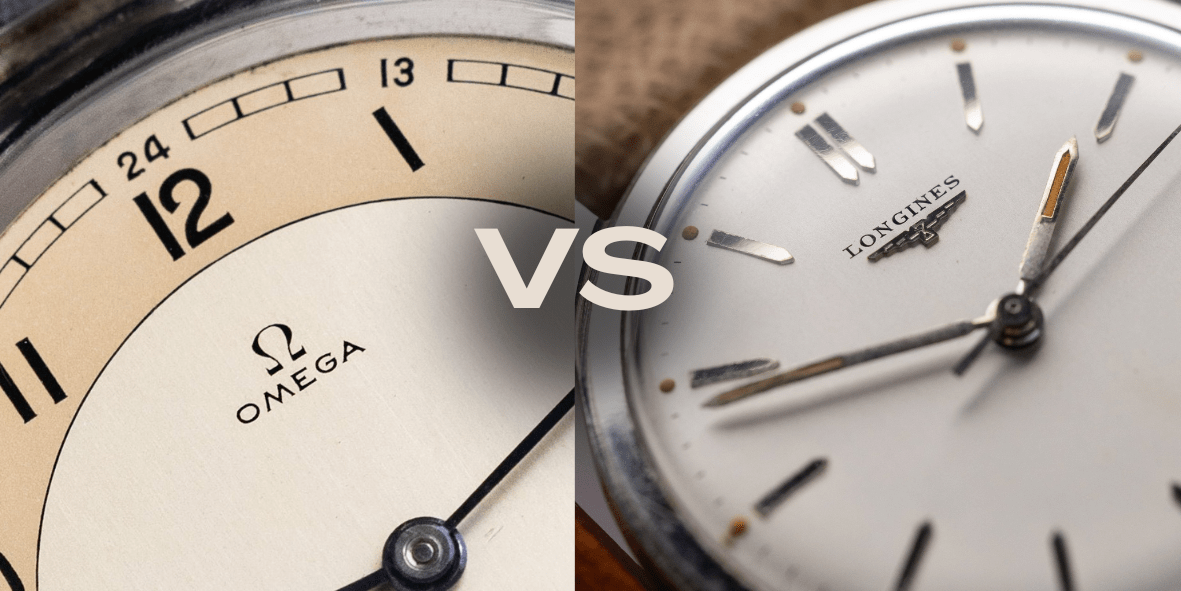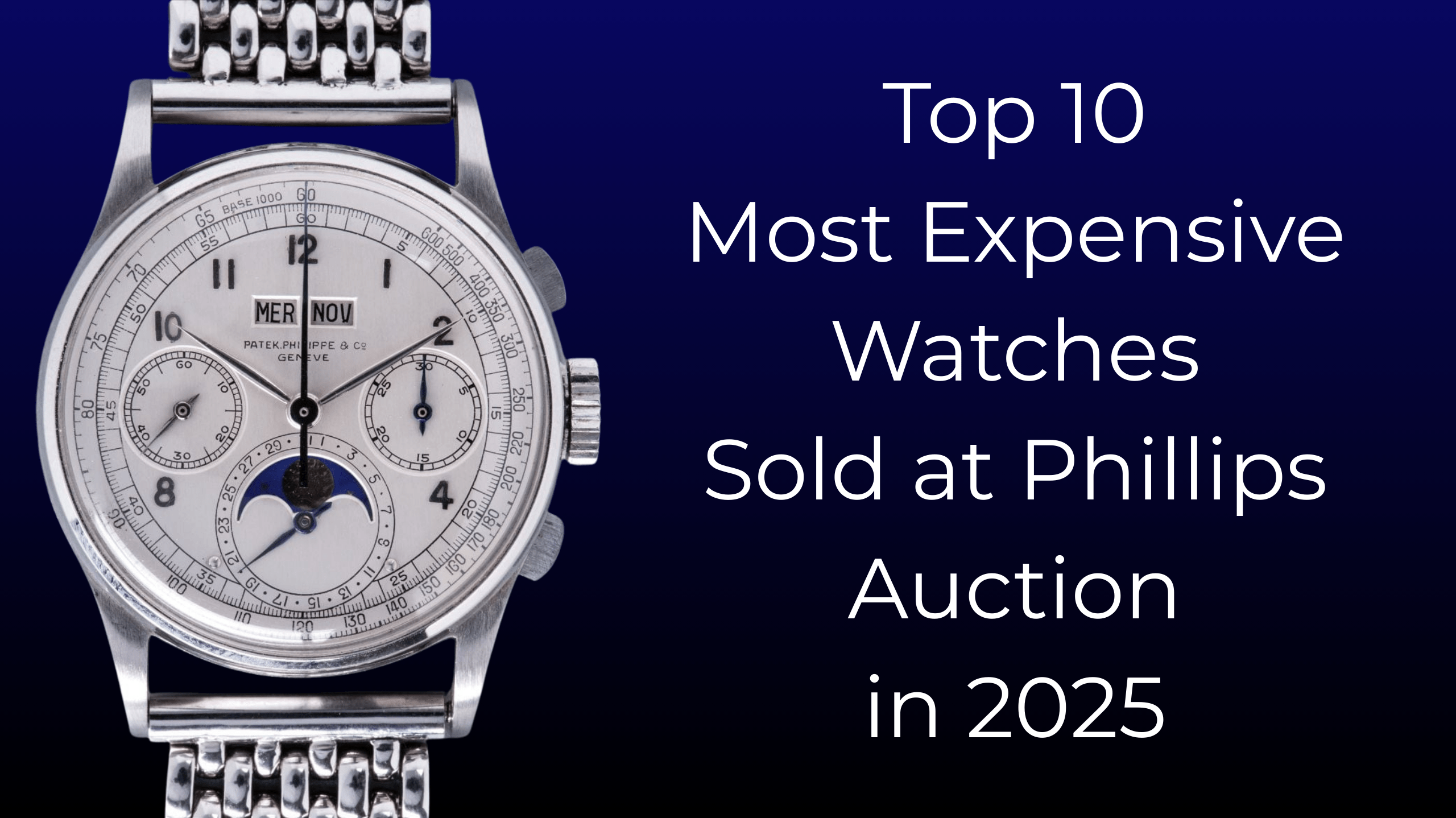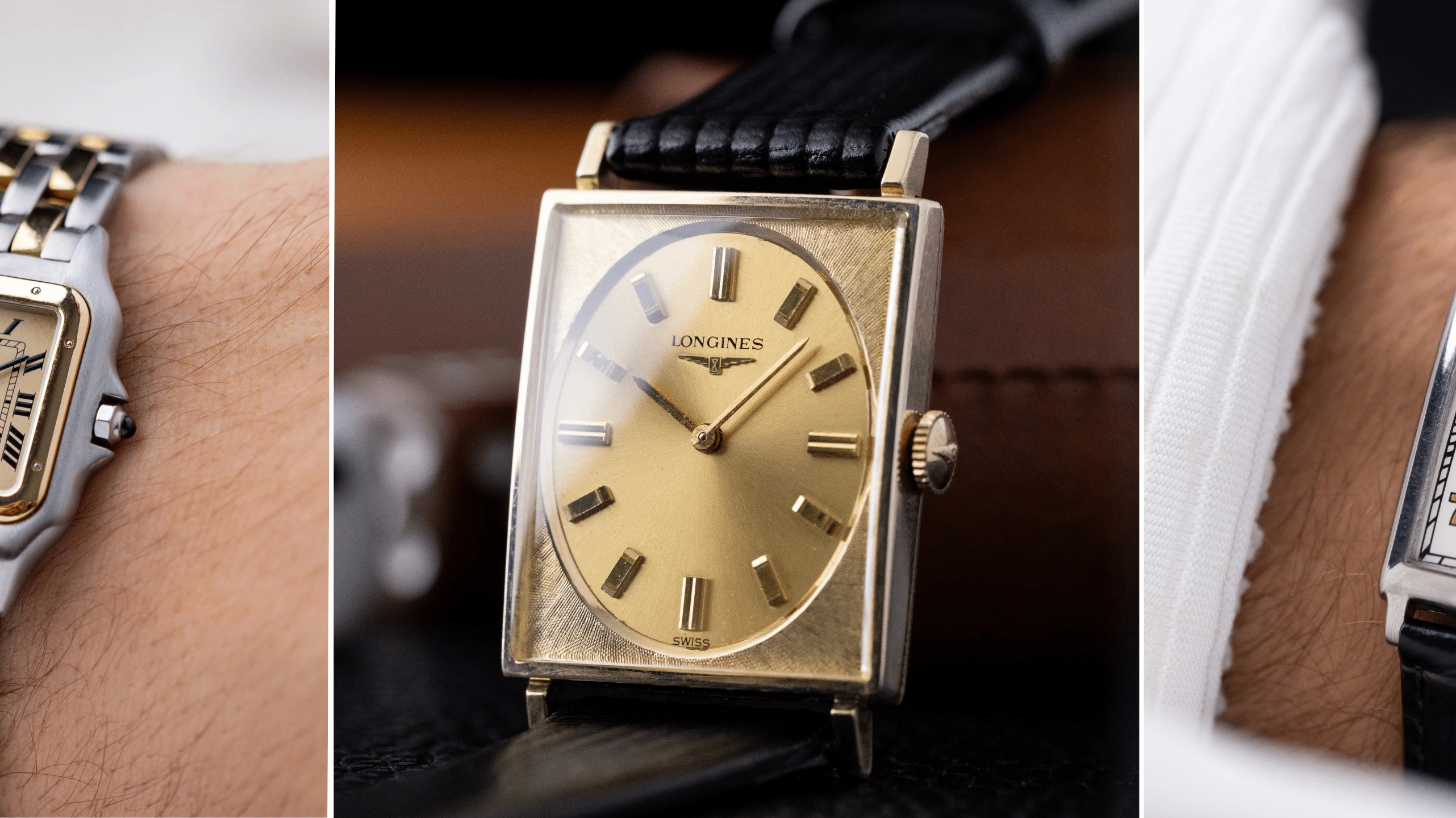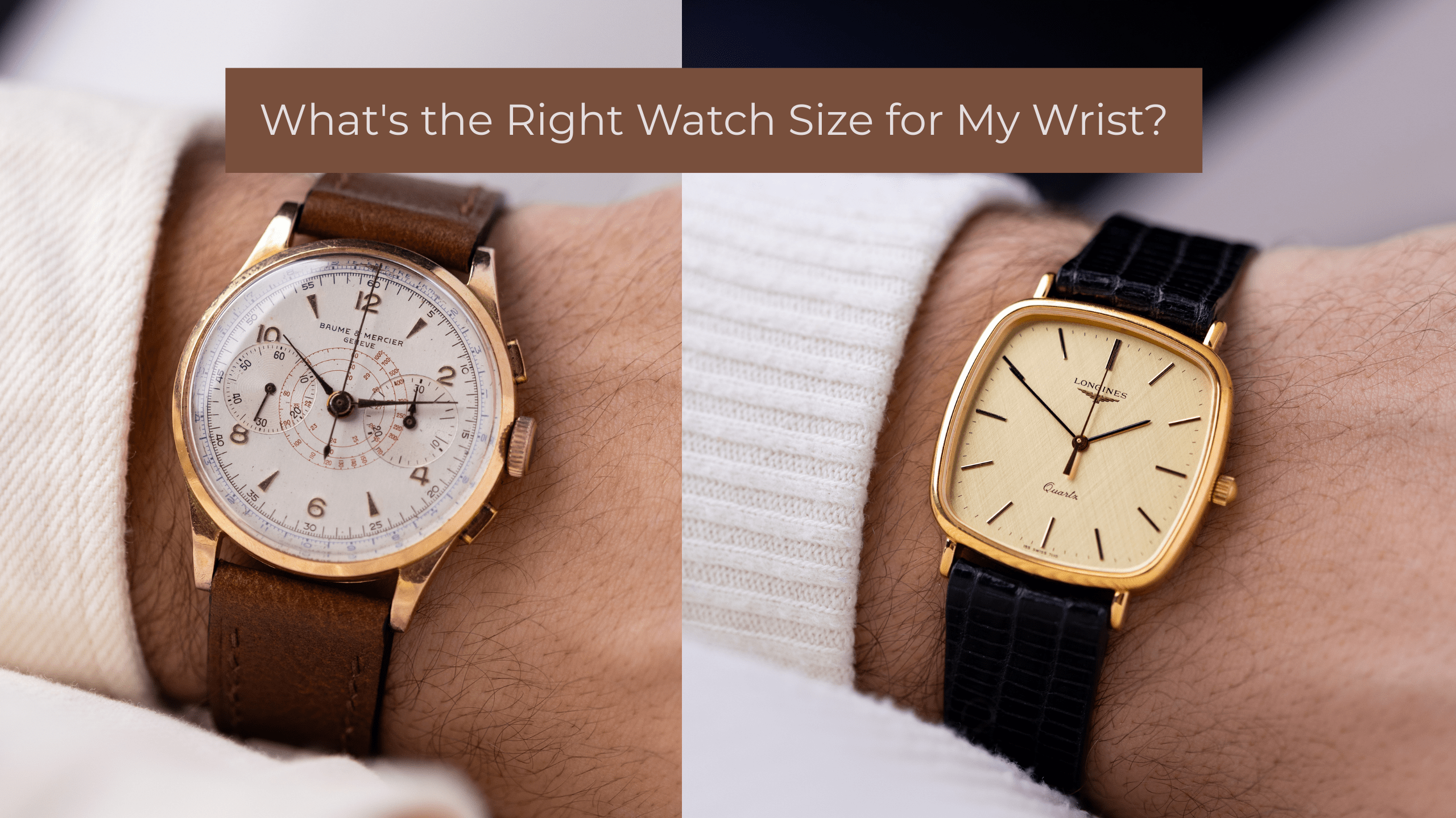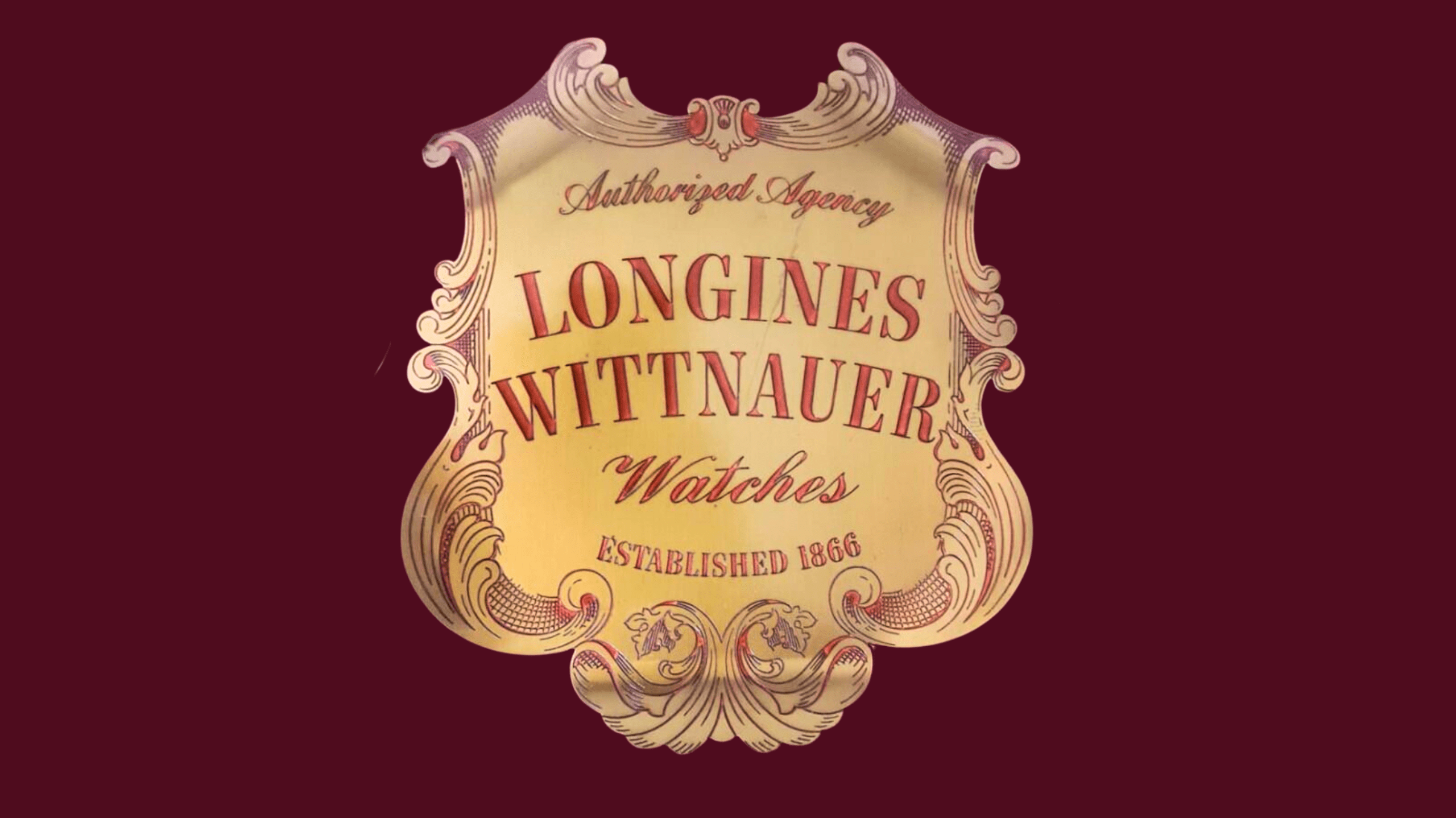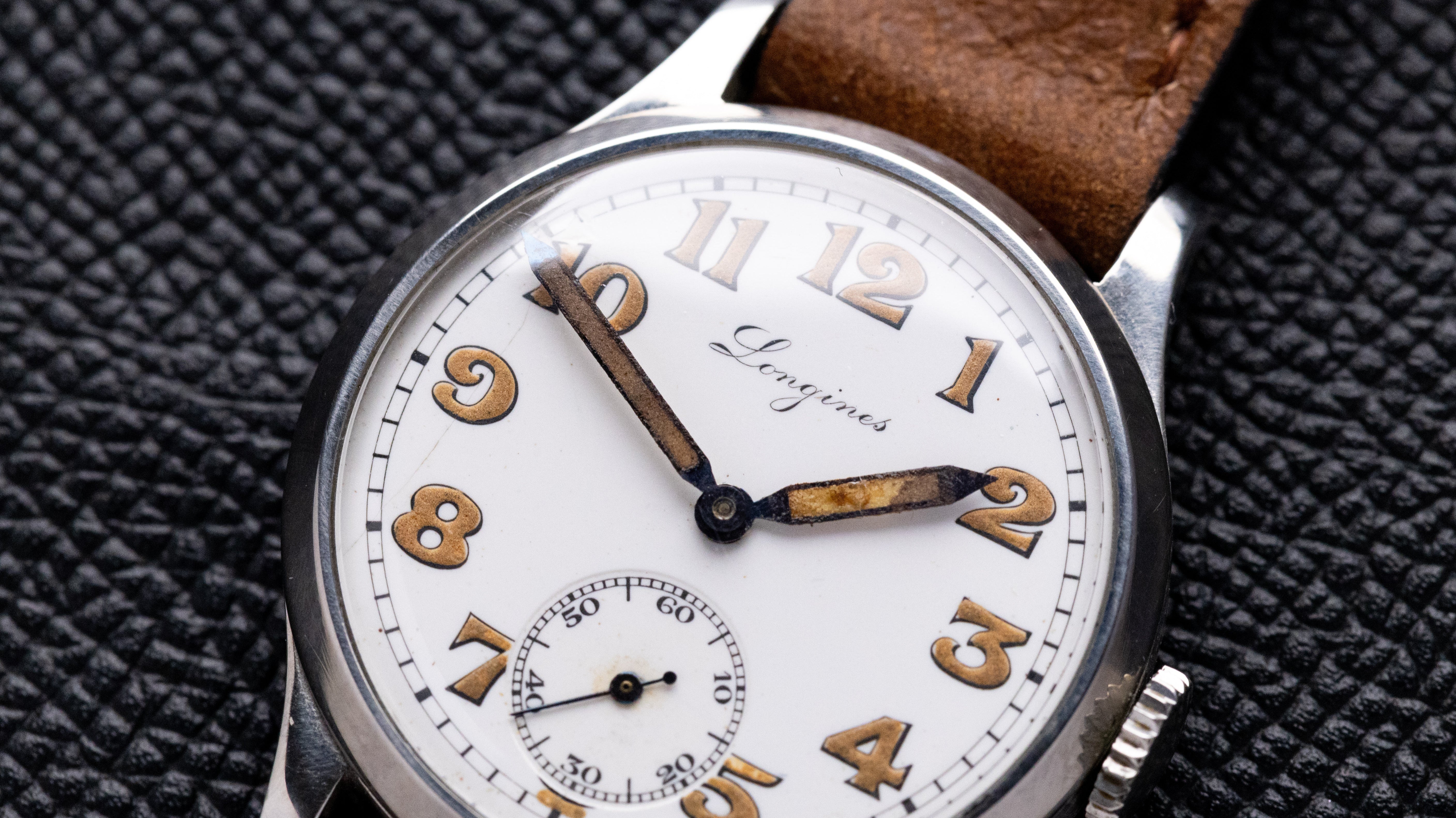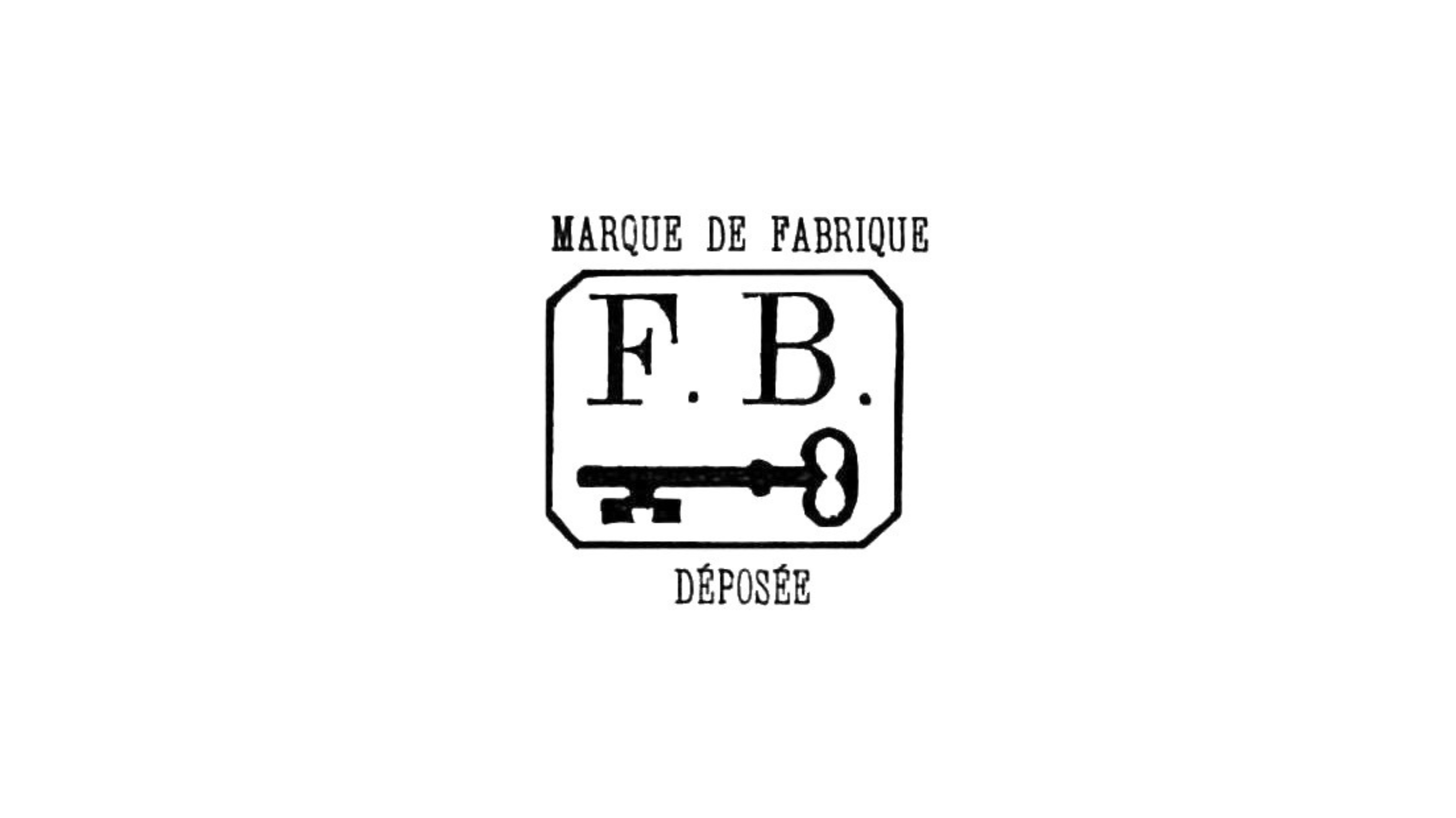Introduction: Omega vs. Longines — A Timeless Dilemma for Watch Lovers
If you're stepping into the world of Swiss luxury watches, you've likely found yourself weighing two legendary names: Omega vs. Longines.
Both brands boast over a century of horological excellence, Swiss precision, and passionate fan bases. But while they may appear similar on the surface — especially to new collectors — they tell very different stories beneath the dial.
So which is right for you? Whether you're buying your first serious timepiece, looking to invest in a vintage model, or simply curious about their reputations, this article gives you the full breakdown.

By the end, you'll understand the differences in heritage, craftsmanship, resale value, and aesthetics — and you'll have a clear direction for your next acquisition.
1. Brand Histories: Two Icons, Two Trajectories
Omega: Precision and Pop Culture Legacy
Founded in 1848, Omega became a global force through technical innovation and marketing brilliance. From timing the Olympics since 1932 to sending the Speedmaster to the Moon with NASA in 1969, Omega earned its place in both watchmaking history and pop culture. It's also famously worn by James Bond, George Clooney, and Nicole Kidman.
Key Omega Highlights:
-
First watch on the Moon (Speedmaster)
-
Co-Axial escapement technology
-
Official timekeeper for the Olympics
-
Luxury + tool watch identity
Longines: Quiet Craftsmanship and Classical Elegance
Established in 1832, Longines is older than Omega and was once considered the more prestigious brand. Their watches from the 1930s–1950s are renowned for in-house craftsmanship, technical precision, and elegant design. Though now positioned more affordably, vintage Longines pieces are prized among seasoned collectors.
Key Longines Highlights:
-
World’s first chronograph wristwatch (1913)
-
Used in early aviation and exploration
-
Art Deco and dress watch icons
-
Strong heritage with modern accessibility

2. Movement Philosophy: Mass Precision vs. Fine Finishing
Omega: Standardized, Reliable, and Serviceable
Omega built its strength on scalable movement architecture. The brand's famous calibers — like the 30T2, Cal. 552, or Cal. 861 — are reliable, accurate, and easy to maintain. In modern models, Omega’s Co-Axial escapement reduces friction and boosts long-term accuracy.

Longines: Pre-1950s In-House Masterpieces
Until the mid-20th century, Longines developed everything in-house, producing beautifully hand-finished calibers like:
-
13ZN – early flyback chronograph
-
30L – slim, high-grade manual movement
-
23Z – robust, elegant dress watch engine
After 1955, Longines began using ETA movements — still Swiss-made but not as exclusive. Modern Longines watches use modified ETA calibers with good accuracy and reliability, but lack the finishing of earlier eras.
3. Style and Design: Bold Presence or Subtle Sophistication?
Omega: Sporty Elegance with Technical Flair
Omega watches are versatile. From the rugged Seamaster to the futuristic Speedmaster, there’s a modernity to Omega’s lineup that appeals to those who want performance and presence.
Design traits:
-
Applied indices, bold hands
-
Often 38–42mm cases
-
Modern sport-luxury blend
-
Options with METAS certification and anti-magnetic technology
Longines: Refined, Vintage-Inspired Aesthetics
Longines leans into its classic roots. Many of their current collections (like the Heritage Classic or DolceVita) revive vintage lines. The result? Clean dials, modest case sizes (34–40mm), and understated elegance.
Design traits:
-
Thin bezels, clean dials
-
Smaller case diameters
-
Dressy, conservative appearance
-
Timeless rather than trendy
Recommended Visuals:
-
Side-by-side image of a Longines Heritage vs. Omega Seamaster
-
Dial close-ups to highlight design differences
4. Price and Value: What Do You Get for Your Money?
Entry-Level Pricing
 Key Insight:
Key Insight:
Omega commands higher prices due to stronger brand equity, chronometer-grade movements, and broader marketing. Longines, however, offers great value for money, especially in the vintage segment.
Real-World Example: A 1950s Longines 30L with hand-finishing can be found for under $1,200 — comparable Omega pieces often start closer to $2,000.
5. Resale & Collectibility: Which Holds Value Better?
Omega: Collector’s Favorite
Omega watches, particularly Speedmasters, Seamasters, and Constellations, hold value exceptionally well and often appreciate. The vast availability of documentation and spare parts also makes them appealing for long-term ownership.
Longines: Niche Collectors’ Delight
Pre-1960s Longines models are gaining recognition, but they remain undervalued gems. If you're into hand-finished, lower-volume movements, these pieces can be both emotionally and financially rewarding — but not as liquid on the resale market.
6. Brand Visibility & Cultural Impact
Omega: Global Marketing Machine
Omega’s ambassador list reads like an Oscars red carpet:
-
Daniel Craig
-
George Clooney
-
Barry Keoghan & Paul Mescal
-
Buzz Aldrin (Speedmaster on the Moon!)
Omega’s alignment with pop culture, luxury, and tech makes it a lifestyle brand, not just a watchmaker.
Longines: Classy and Quiet
Longines taps into understated sophistication, with ambassadors like:
-
Kate Winslet (co-designed a Longines piece)
-
Henry Cavill (known watch geek)
-
Jennifer Lawrence
If Omega is front-page news, Longines is the column collectors never skip.
7. Serviceability & Ownership Experience
Omega: Accessible & Reliable
-
Large network of service centers
-
Abundant spare parts
-
Clear reference documentation
Longines: Rewarding but More Niche
-
Older movements may require specialized watchmakers
-
ETA-based modern watches are easy to service
-
Pre-1950s calibers need collector-level car
Conclusion: Time to Make Your Choice
Whether you’re drawn to Omega’s moon-ready tool watches or Longines’ elegant, hand-finished masterpieces, your choice comes down to one thing: what kind of story you want your watch to tell.
For heritage, serviceability, and resale — go Omega.
For under-the-radar charm, design heritage, and vintage artistry — go Longines.
🛒 Ready to explore? Browse our curated collection of Omega and Longines watches at DuMarko.com.

